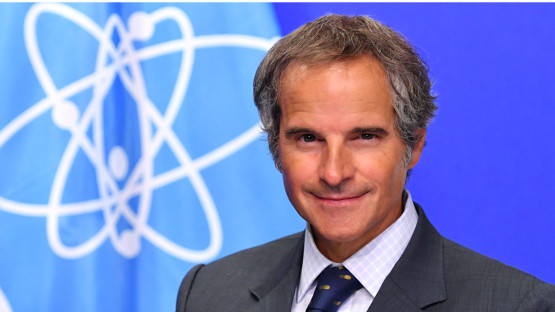Indian Point nuclear power plant. (Photo: Daniel Case)
“If we’re serious about dealing with climate change, then we’re going to need all the tools in the toolbox, which includes nuclear, not just now but in the future,” Keith Schue, an electrical engineer affiliated with Nuclear New York is quoted as saying in an article on the (Lower Hudson Valley) Journal News website, lohud. Schue adds, “We do believe that closing Indian Point was a mistake. But are we going to continue making mistakes or can we learn from them?”
Schue’s question is in reference to a recent report by the New York Independent System Operator (NYISO), which operates New York state’s electricity grid, that showed that the shutdown of the two remaining Indian Point nuclear reactors (Unit 2 in April 2020 and Unit 3 in April 2021) led to downstate’s near-total dependence on fossil fuels for electricity generation. (Unit 1 was shut down in 1974.)
The stats are in: According to the NYISO report, 89 percent of downstate New York’s energy in 2021 was generated by natural gas and oil. By contrast, in 2020—when the state was still getting power from both of the Indian Point reactors—only 77 percent of the downstate region’s energy came from those fossil fuels. This region includes the state’s largest urban energy consumer: New York City.
As the Journal News article notes, these statistics indicate that New York State is confronting a major obstacle in reaching its net-zero energy goals with such renewable sources as wind, solar, and hydropower—and without more energy generation from nuclear power.
Learning from mistakes? When Schue asks whether we are going to continue making mistakes, the most obvious one that comes to mind is the 2017 deal brokered by New York’s former governor Andrew Cuomo with Entergy Corporation to close Indian Point because of fears of a nuclear accident at the facility, which was about 35 miles from New York City. The deal included corporate subsidies to help keep three upstate nuclear power plants operating. Entergy then sold the shuttered Indian Point plant to Holtec International, which is completing the decommissioning activities.
The agreement to shut down Indian Point was reached at a time when natural gas prices were low. During 2022, of course, natural gas prices have soared, contributing to increased energy costs currently faced by consumers and businesses alike. The Journal News points out that the average wholesale electricity price in New York in 2021 was nearly double that of 2020.
There is hope for a turnaround in New York’s negative nuclear attitude: A pro-nuclear coalition, including Nuclear New York and Campaign for a Green Nuclear Deal, is advocating for more nuclear power in the state. The coalition argues—with supporting statistics—that increased power from nuclear energy is the only realistic way New York can reach the state government’s goal of reaching zero carbon emissions by 2040.







